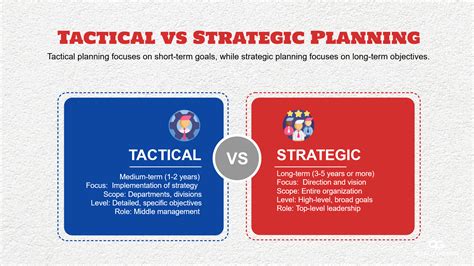What’s the optimal training frequency & volume for male hypertrophy & strength gains?

Unlocking Muscle Growth and Strength: The Science of Frequency and Volume
For men aiming to build significant muscle mass (hypertrophy) and boost raw strength, understanding the pillars of training frequency and volume is paramount. These two variables are the cornerstone of any effective resistance training program, dictating how much work you do and how often you do it. While often debated, scientific consensus points towards specific ranges that optimize gains, though individual factors always play a crucial role.
Deconstructing Training Volume: The Engine of Progress
Training volume refers to the total amount of work performed during a workout or over a given period (e.g., a week). It’s typically calculated by multiplying sets x reps x weight lifted. For hypertrophy, a higher volume generally correlates with greater muscle growth, up to a certain point. The sweet spot for most muscle groups appears to be in the range of 10-20 hard sets per muscle group per week.
Exceeding this range too often can lead to overtraining, diminishing returns, and increased injury risk, while falling significantly below might not provide sufficient stimulus for optimal growth. For strength, while overall volume is still important, the focus often shifts to fewer reps with heavier loads, and total volume might be slightly lower per session but still within a productive weekly range.

Optimizing Training Frequency: Consistency for Growth
Training frequency refers to how often you train a specific muscle group throughout the week. For a long time, the traditional “bro split” (training each muscle group once a week) was popular. However, modern research suggests that training muscle groups more frequently, typically 2-3 times per week, is superior for both hypertrophy and strength.
Higher frequency allows for more opportunities to stimulate muscle protein synthesis (MPS) – the process by which muscles repair and grow – over the week. It also provides more practice for strength-based movements, leading to improved neurological adaptations and skill acquisition. Spreading your weekly volume across multiple sessions per muscle group often allows for higher quality sets with better recovery between sessions.

The Dynamic Duo: How Frequency and Volume Interact
It’s crucial to understand that frequency and volume are not independent variables; they are deeply interconnected. If you increase your training frequency, you might need to reduce the volume per session to manage fatigue and ensure recovery, allowing for higher weekly volume. Conversely, if you train a muscle group less frequently, you’ll likely need to perform more sets during that single session to hit your weekly volume targets.
For example, if your target is 15 sets for chest per week:
- Low Frequency (1x/week): 15 sets in one session.
- Moderate Frequency (2x/week): 7-8 sets per session, twice a week.
- High Frequency (3x/week): 5 sets per session, three times a week.
The latter two options generally allow for better recovery between individual sets and sessions, leading to higher quality work and ultimately better gains. Managing recovery, nutrition, and sleep becomes even more critical with higher overall weekly volume and frequency.

Individual Differences and The Art of Adaptation
While general guidelines exist, there is no one-size-fits-all answer. Several factors influence optimal frequency and volume:
- Training Experience: Beginners may make excellent progress with lower volumes and frequencies, while advanced lifters often require more to continue progressing.
- Recovery Capacity: Sleep quality, nutrition, stress levels, and genetics all impact how well you recover. Those with better recovery can handle more.
- Lifestyle: Demanding jobs or other physical activities will reduce your capacity for intense training.
- Age: Recovery capacity can decrease with age, potentially requiring adjustments to volume and frequency.
Listening to your body is crucial. If you’re constantly fatigued, experiencing persistent muscle soreness (beyond normal), or seeing performance drop, it might be time to reduce volume or frequency, or incorporate a deload week. Conversely, if you’re recovering easily and progress has stalled, a slight increase might be warranted.

Practical Takeaways for Optimal Gains
To maximize hypertrophy and strength, consider these actionable steps:
- Aim for Moderate-High Weekly Volume: Target 10-20 hard sets per major muscle group per week. Start closer to the lower end for beginners or when increasing frequency.
- Increase Training Frequency: Train each muscle group 2-3 times per week. This often means using full-body workouts or upper/lower splits.
- Prioritize Progressive Overload: Regardless of frequency or volume, you must consistently challenge your muscles by increasing weight, reps, or reducing rest times over time.
- Monitor and Adjust: Track your workouts, observe your progress, and pay attention to recovery signals. Be prepared to modify your program as needed.
- Emphasize Recovery: Ensure adequate sleep (7-9 hours), consume a nutrient-dense diet rich in protein, and manage stress.
By intelligently manipulating training frequency and volume, men can create highly effective workout programs that consistently drive muscle growth and strength development, transforming their physiques and performance.









